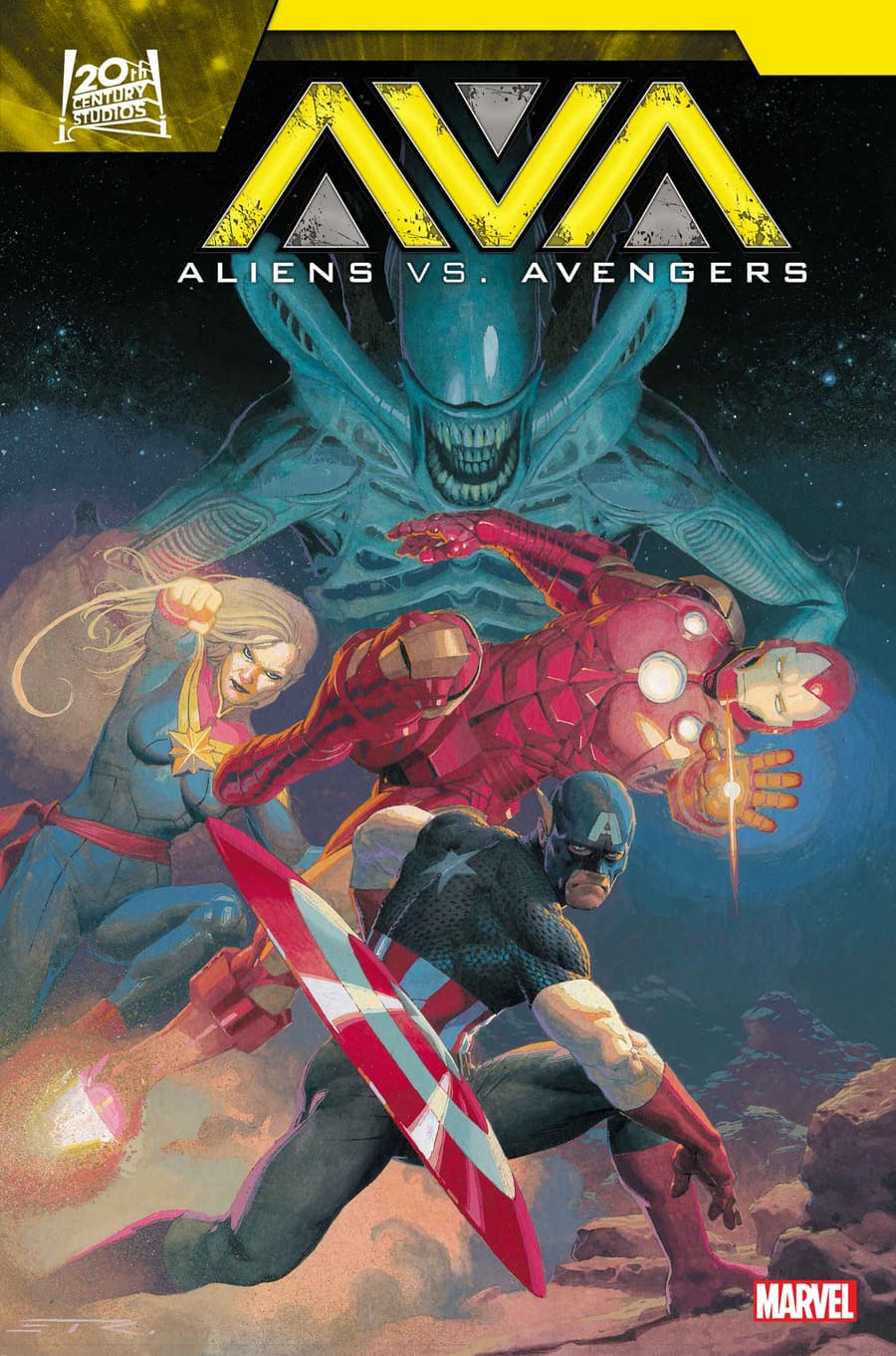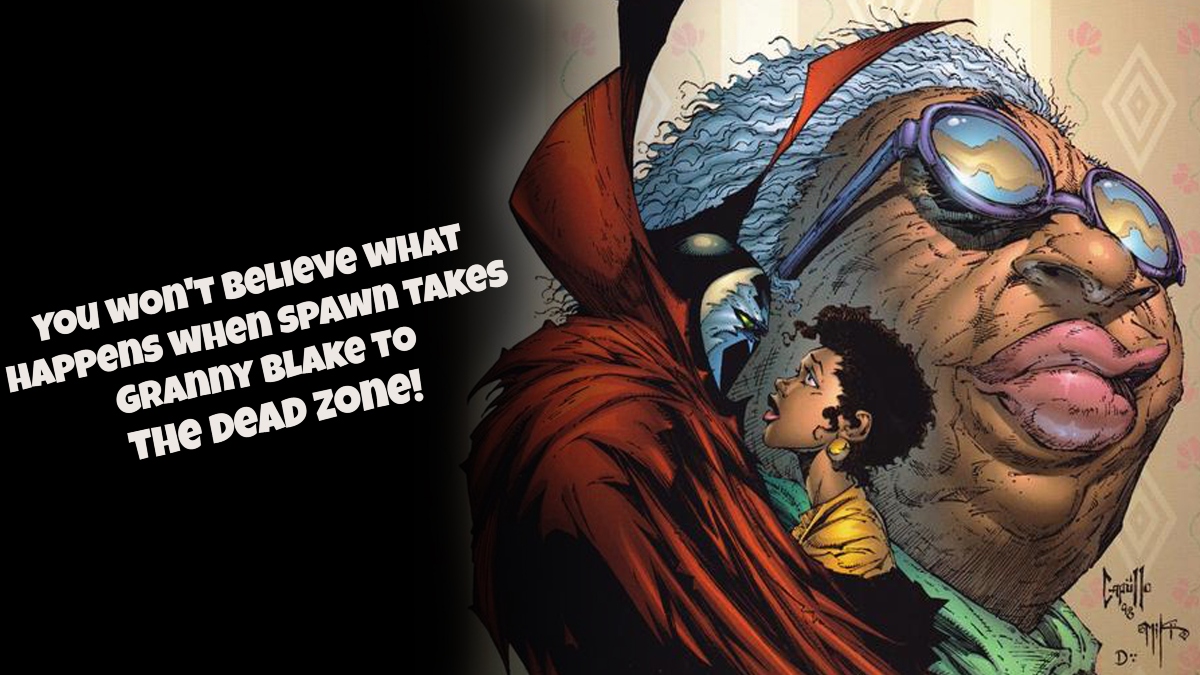
MegaCity: Oceania by Hub Games
Price: ~$45.00
Players: 2 to 4
Playtime: 45 to 60 minutes
Perfect for: Players who enjoy creative city building games with a dash of artistry and dexterity.
MegaCity: Oceania is a game of skyscrapers. Taking place in the future, players via for building contracts in order to construct shimmering beacons of vertical prosperity using a variety of materials at their disposal. Before getting into more detail about the mechanics of MegaCity: Oceania, here’s a quick overview of the theme from the publisher, Hub Games:
WELCOME TO THE FUTURE OF CITY BUILDING!
GOLD COAST, AUSTRALIA, 2100. Construction of the first oceanic MegaCity begins. Tackling overpopulation and rising sea levels has become the planet’s number one priority.
Advances in technology enable us to build towering superstructures on immense floating platforms. You are the next generation of architects called upon to design and build these marvels of structural engineering.
To begin MegaCity: Oceania two to four players choose a representative color, and some receive starting building pieces. On a turn, a player can take two actions of any combination from the following options: 1) acquire new building platform tiles; 2) randomly select three new building pieces; 3) obtain new building contracts; 4) refresh the contract or tile market; or 5) flip over an obtained building platform tile to reveal a new color. These elements work in tandem—building contracts can only be constructed and completed on a building platform tile of a matching color and under certain conditions (the more restrictive the conditions; the more victory points they award). Conditions might include necessitating that the architecture be a minimum height, made without using a certain material, or containing a particular structure such as an arch within the final product. Building pieces come in three basic color-coded materials and a wide variety of shapes and sizes.
RELATED: Tabletop Game Review – Mechanica
When a player is not taking their turn, they are physically constructing their buildings using the pieces they’ve acquired under the parameters of the contract. This is where a degree of ingenuity is required given the limitations of both the requirements and the pieces acquired, as players must work with what they have. There are also bonus point considerations as players can score more for crafting the newest tallest building, placing a new building near a park, or using only one material for construction. But the moment of truth comes when a player feels satisfied with their creation—on a turn, instead of taking the aforementioned actions, they can attempt to slide their new building into the center of the board to add to the growing skyline, which ultimately completes the contract. However, if the building crumbles during delivery, they lose a turn.
Play continues in MegaCity: Oceania until all of the starting building contracts have been procured. Then for a few final rounds of play, a set of bonus contracts are available which have a greater degree of complexity but are worth more points. The game concludes after there are no more standard contracts in play, and the person with the most victory points from contracts and bonuses wins.
What works in MegaCity: Oceania is the wonderful intersection of strategy and dexterity to create a truly unique gameplay experience. The building piece components are fantastic as they are both functional and stylish, so using them to create art is wholly satisfying. And what’s incredibly special about MegaCity is that the level of engagement never dissipates as players are always either taking their turns, working on their buildings, or planning their next moves given the resources available. Finally, the moments where a player attempts to carefully add their building to the city are brimming with positive tension, adding yet another layer to the experience.
Players who prefer games that don’t require steady hands or patience may not enjoy MegaCity: Oceania as much as others. There’s definitely an element of deftness that’s required during gameplay that either playfully ups the intensity factor or induces frustration. Some leniency is likely required when players position their buildings, as even a slight table bump could topple a masterpiece (fortunately, after buildings are placed, it doesn’t matter if they fall later). Finally, while the vast majority of pieces are fully functional, some inevitably don’t stand on their edges as intended just given slight imperfections. A possible house rule is that if all players try to stand up a particular piece in a particular way and it fails for everyone, they can collectively agree that said piece can be swapped.
Megacity: Oceania combines mechanics from other games, blending them to create a very engaging and entertaining experience. The final product is a relatively straightforward title that has just enough forward-thinking to keep it strategic, yet simple rules to make it accessible for the whole family.
Recommended if you like: Junk Art, Gaia Project,
Final Grade: A
Don’t forget to share this post on your Facebook wall and with your Twitter followers! Just hit the buttons on the top of this page.
—–
Have you checked out LRM Online’s official podcast feed yet The LRM Online Podcast Network, which includes our flagship podcast Los Fanboys, our premiere podcast Breaking Geek Radio: The Podcast, and our morning show LRMornings? Check it out by listening below. It’s also available on all your favorite podcast apps!
Subscribe on: Apple Podcasts | Spotify | SoundCloud | Stitcher | Google Play

 FOR FANBOYS, BY FANBOYS
Have you checked out LRM Online’s official podcasts and videos on The Genreverse Podcast Network? Available on YouTube and all your favorite podcast apps, This multimedia empire includes The Daily CoG, Breaking Geek Radio: The Podcast, GeekScholars Movie News, Anime-Versal Review Podcast, and our Star Wars dedicated podcast The Cantina. Check it out by listening on all your favorite podcast apps, or watching on YouTube!
Subscribe on: Apple Podcasts | Spotify | SoundCloud | Stitcher | Google Play
FOR FANBOYS, BY FANBOYS
Have you checked out LRM Online’s official podcasts and videos on The Genreverse Podcast Network? Available on YouTube and all your favorite podcast apps, This multimedia empire includes The Daily CoG, Breaking Geek Radio: The Podcast, GeekScholars Movie News, Anime-Versal Review Podcast, and our Star Wars dedicated podcast The Cantina. Check it out by listening on all your favorite podcast apps, or watching on YouTube!
Subscribe on: Apple Podcasts | Spotify | SoundCloud | Stitcher | Google Play




